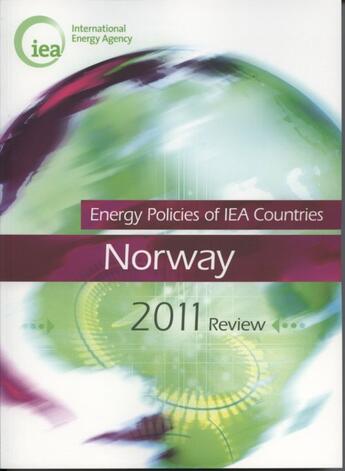-
Date de parution : 24/03/2011
-
Editeur :
Ocde
-
EAN : 9789264098152
-
Série :
(-)
-
Support :
Papier
Résumé:
The International Energy Agency's 2011 comprehensive review of Norways energy policies and programmes. The review finds that Norway has a unique twin role as a major oil and gas producer and a strong global advocate of climate change mitigation. As the third-largest exporter of energy in the... Voir plus
The International Energy Agency's 2011 comprehensive review of Norways energy policies and programmes. The review finds that Norway has a unique twin role as a major oil and gas producer and a strong global advocate of climate change mitigation. As the third-largest exporter of energy in the world, it contributes to global energy security by providing reliable supplies to consuming countries. At the same time, the Norwegians highly value environmental sustainability and the country is taking climate policy very seriously. Norway also manages its petroleum resources and revenue in a commendable way, setting a model for other countries. The challenge now for the government is to stimulate further increases in natural gas and petroleum production from safe and environmentally sustainable operations.
Norway's large potential for hydropower generation is an asset, as European electricity markets are integrating and variable renewable energy generation is set to increase. More cross-border interconnections are needed to realise the full potential of hydropower for balancing variations in demand and supply in the regional market. Increased interconnections would also improve electricity security in Norway in times of low hydropower availability. Gas-fired power plants should also be considered for use for the same purpose.
In order to meet its ambitious targets to reduce greenhouse gas emissions, Norway needs to step up efforts at home. Although the dominance of low-carbon electricity in the energy mix limits the scope for domestic measures, large potential for emission reductions remains in oil and gas production, manufacturing and transport. However, measures to promote energy efficiency and renewable energy should be carefully designed, because they often focus on electricity and would thus not reduce emissions. Recent large increases in spending on energy RD&D and ongoing efforts to develop carbon capture and storage are very welcome.
Donner votre avis














